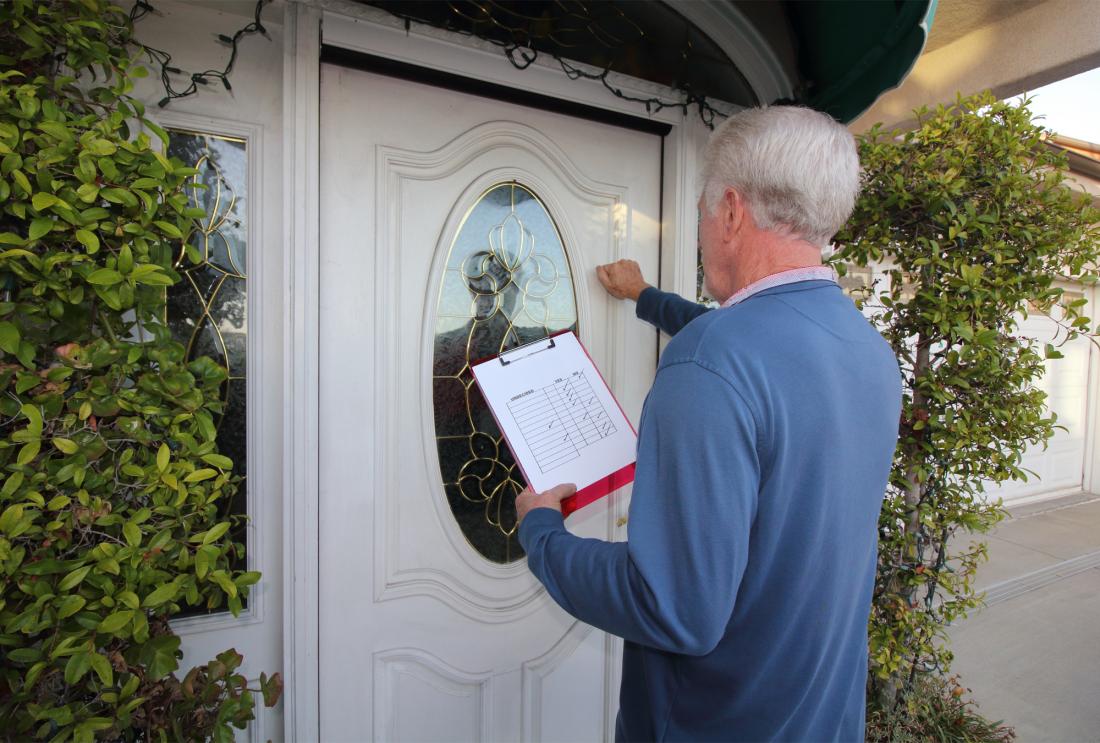The impact of door-to-door canvassing on voter support and participation in Italy
- Voters
- Electoral participation
- Voter Behavior
- Community participation
- Information
Declining voter turnout in established democracies is paralleled by another trend: a growing number of citizens express skepticism about politicians’ responsiveness to their concerns. Researchers tested whether discussions between candidates and voters can help bridge this gap and increase voter turnout, leveraging a volunteer and candidate canvassing campaign in the 2014 Italian municipal elections. While canvassing by volunteers increased voter turnout, canvassing by political candidates surprisingly had no effect on voter turnout and very little effect on voter persuasion.
Policy issue
Voter turnout in most established democracies has declined over the last decades. Elections in these countries now regularly attract less than half of the voting-age population, raising concerns that public policy and elected officials may not accurately represent the preferences of the population. Previous research shows that citizen canvassing—going door-to-door to supply information about candidates and get out the vote–can sizably impact electoral participation and vote shares, but there is little empirical evidence on the impact of politicians’ direct interaction with voters.
Context of the evaluation
Voters in Italy ranked among the most discontented constituencies among well-established democracies in 2013, with 90 percent reporting that they did not believe their political parties cared about their opinions. These voters also expressed a much lower propensity to vote compared to their satisfied peers (although Italian citizens were still more likely to vote than citizens in the United States and most European countries overall).
The evaluation was conducted in a mid-sized city in Northern Italy during the 2014 municipal elections. Municipal elections in Italy are characterized by mayoral candidates and party lists– rosters of candidates affiliated with either national parties or local civic organizations—competing for at-large seats on city councils. Researchers partnered with one of these party lists to conduct the evaluation, focusing specifically on the race for city council.
Candidates in Italy have primarily relied on impersonal methods of reaching out to voters over the last few decades, such as hanging posters in public spaces and handing out leaflets. If low contact with voters is in part responsible for declining trust and turnout, politicians may be able to improve citizen perceptions and willingness to vote by engaging in more personal campaigning.

Details of the intervention
Researchers tested whether politicians can use direct contact with voters via a canvassing campaign to improve electoral participation and win votes in the 2014 Italian municipal election. The canvassing campaign primarily targeted inactive voters, in the hope of increasing their participation.
The evaluation was carried out in 38 of the 39 electoral precincts of the municipality, and all 2,612 addresses and 26,352 voters living at those addresses were included. Researchers randomly sorted each address into one of three groups:
- Candidates group (647 addresses): Canvassed by a pair of candidates for city council. Each pair was instructed to give general information on how to vote and hand out leaflets and personalized cards at the end of each visit.
- Volunteers group (642 addresses): Canvassed by a pair of volunteers. Each pair handed out leaflets—but no card—at the end of each visit.
- Comparison group (1,323 addresses): Did not receive a visit from either a candidate pair or a volunteer pair.
In addition to the addresses, researchers also randomized which candidates and volunteers covered which districts. Candidates and volunteers received the same training prior to the campaign and were instructed to actively engage voters in discussions about politics and the platform of the civic list, and to provide them with information about the upcoming election.
Door-to-door visits by candidates and volunteers took place during the five weeks before Election Day. Towards the end of the canvassing intervention, researchers administered a survey to all volunteers and candidates to collect socio-demographic information, feedback on the campaign, and to assess their level of political competence. Individual voter participation data were collected using official attendance sheets from polling stations, and candidate vote counts were measured using official electoral results.
Results and policy lessons
In line with the current body of evidence, canvassing by volunteers increased voter turnout by 1.8 percentage points, amounting to a voter persuasion rate of 19.8 percent. Surprisingly, canvassing by political candidates had no effect on voter turnout and very little effect on voter persuasion. Unprompted, volunteers demonstrated a tendency to focus on getting out the vote, while candidates focused more on persuading voters to their side. While the volunteers covered all the addresses assigned to them, the candidates only completed 70 percent of their assigned addresses.
Voter mobilization: Canvassing by volunteers led to an increase in voter turnout of 1.8 percentage point (2.4 percent) compared to 74.7 percent turnout in the comparison group amounting to a voter persuasion rate of 19.8 percent when accounting for the proportion of potential voters who opened their doors to a canvasser. Visits by candidates had no measurable impact on turnout. Volunteers had the largest impact on those who already had a higher-than-average likelihood of voting. Interestingly, less politically competent volunteers (as measured by a survey) increased turnout at higher rates than their peers, while more politically competent candidates were no more successful at mobilizing voters than less competent candidates.
Voter persuasion: There was no evidence that canvassing candidates were able to persuade voters to vote for their civic list.
Preferences for individual candidates: Voters can list preferences for up to two specific individuals when they vote for a given list. Researchers found suggestive evidence that candidates were able to persuade voters who would have voted for their list anyway to give them their direct preference. In other words, this finding suggests that candidates “stole” votes from other candidates on their list by persuading a small number of voters to list them as a preference. This suggests that candidates spent more time trying to win over active voters than they did advocating for their list or mobilizing voters.